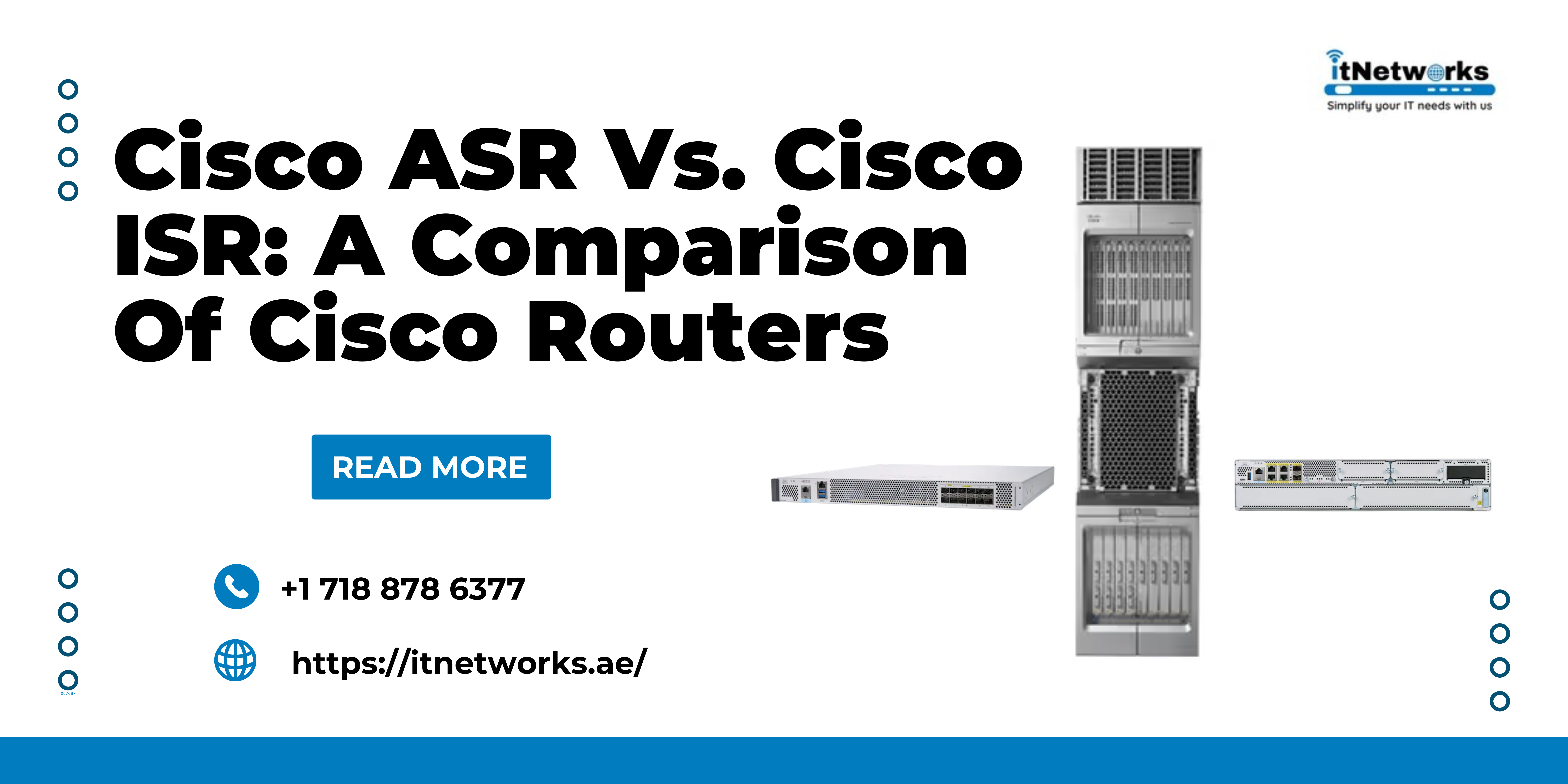Structured Cabling System
What is a structured cabling system?
In the world of networking, the term structure cabling is often thrown now and then… But do you know the exact meaning of structure cabling? Do you know the importance of structure cabling? So, let’s get to the point and understand the word Structure Cabling.
What is Structured Cabling?
According to the Fibre Optic Association, Structured Cabling is the standardized architecture and components for communications cabling specified by the EIA/TIA TR42 committee and used as a voluntary standard by manufacturers to ensure interoperability. Well, that’s slightly hard to acknowledge so let me explain to you in an easy speech! Structured Cabling means suited organization and preservation of cables in the IT as properly as in the communication system with scope to add new factors in the future. It involves planning, installing, and maintaining network communication systems. Basically, we can say that Structure Cabling is the critical backbone of communication and IT networking system. To understand the importance of Structure Cabling, let us see some advantages of it!
Advantages of Structured Cabling:
- Future Proof Investment
The most significant benefits of a structured cabling system are the high bandwidth, which makes it a reliable infrastructure for any kind of business. It is exceptionally important to have an adaptable IT infrastructure in today's date to respond quickly to industrial changes.
- Simplicity
Though several different devices and IT equipment are being used at the same time, it is far easier to identify the issue and solve it with structured network cabling. This process saves time and also money lost in the long term.
- Cost-Effective
One simple cabling system also reduces power and maintenance costs and eliminates the time and money spent on locating and rectifying any issues.
- Easily Scalable
Since structured cabling systems package wires are arranged properly, there’s never an issue when adding new machines or technology to your IT environment.
- Reduced Risk of Downtime
Network downtime occurs when unorganized cabling systems with tangled wires are used. This causes connectivity issues which can cause workflow disruptions. Using Structured cabling can reduce the risk of downtime.
- Solves Issues Quickly
Regardless of how well-organized your cables are, issues may still occur. It’s the nature of mechanization to malfunction from time to time. However, a structured cabling takes much less time to isolate the trouble and clear up it.





